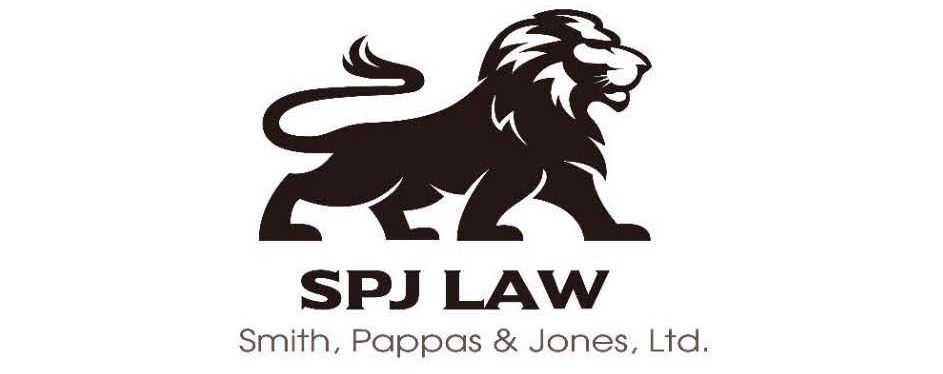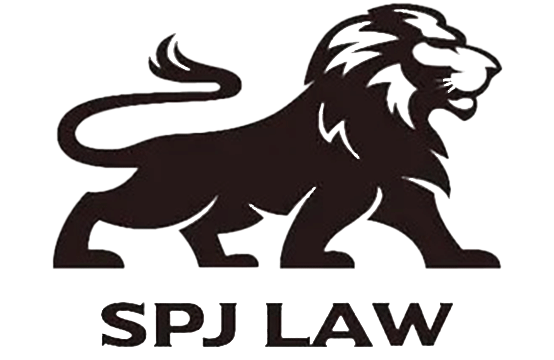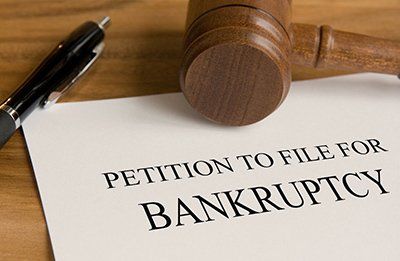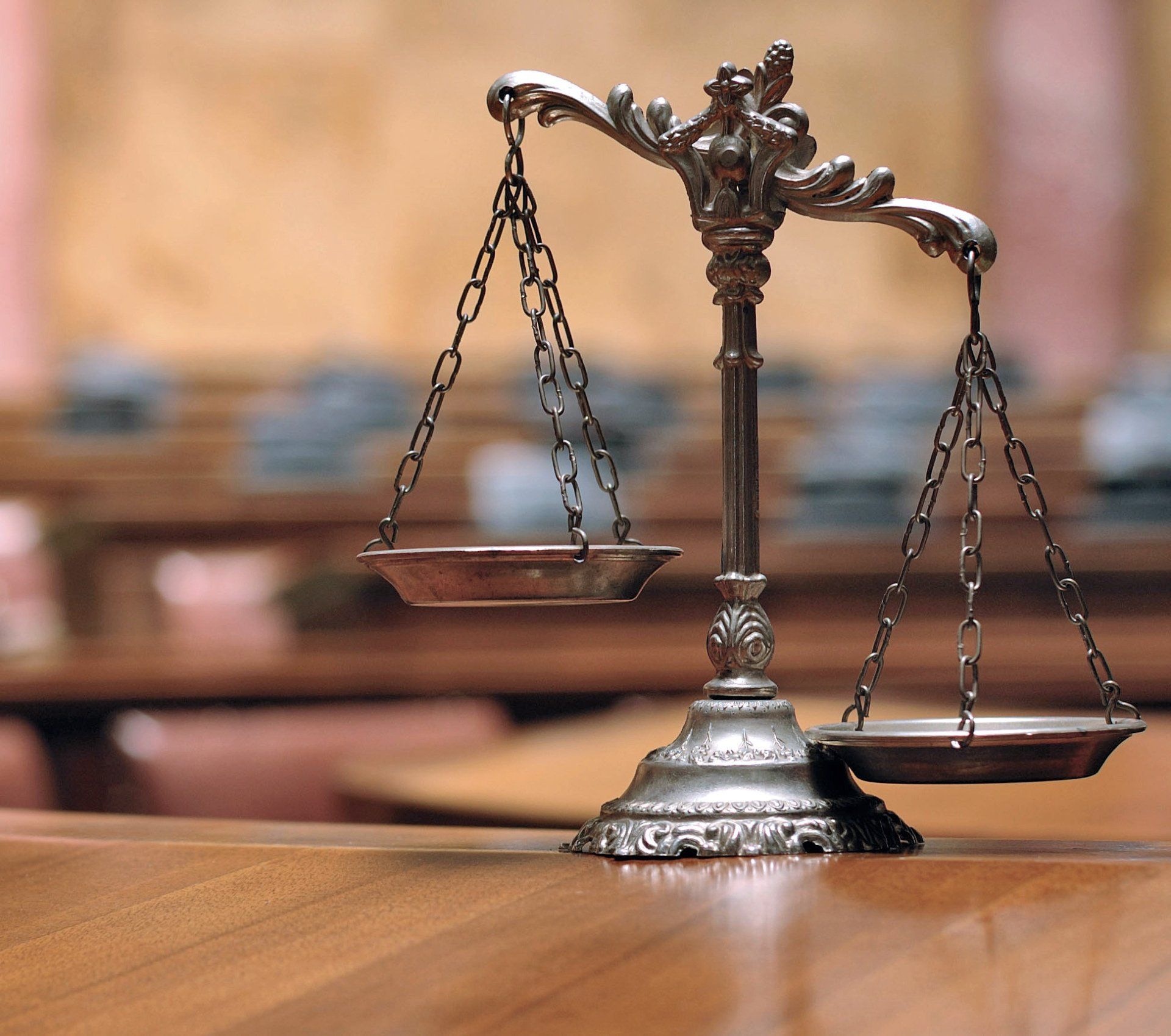Using Bankruptcy to Leverage a Better Car Note or Get Out of a Bad One
Don't Reaffirm a Bad Note.

It's probably not advisable to file Bankruptcy for the sole purpose of obtaining a better car note, but if you're filing Bankruptcy because other things are weighing you down then you might consider shopping for a better deal during the Bankruptcy process.
Borrowing Money to Make Money
It can be difficult and expensive to get to work everyday without a vehicle. This is why it is tempting for consumers to apply for financing in order to obtain a reliable (and sometimes not so reliable) vehicle to ease the commute to and from their place of employment.
If a borrower with a poor credit score applies for financing, then that borrower will pay a higher interest rate. The logic is that the lender deserves to be reimbursed for the risk he or she is taking with a bad borrower.
Many lenders pre-compute the interest owed on a note, so that at the time the loan is made the borrower is liable for not only the principle but also the unearned interest.
Example: A borrower received $15,000.00 in financing for the purchase of a used vehicle at a 16 percent interest rate, paid over 48 months. Under a simple interest note, at the time the loan is made the borrower owes $15,000.00; but under a pre-computed note at the time the loan is made the borrower owes $15,000.00 plus the pre-computed interest of $5,405.00 ($20,405.00); resulting in a monthly payment of $425.10.
A higher interest rate causes a higher monthly payment. To mitigate the larger monthly payment many borrowers will enter into a long-term note on a used car. The problem with this strategy is that often the term of the note will survive the vehicle. If the note survives the vehicle the borrower is in a position where he or she must roll-over their old note into a new note for another car; likely resulting in an even higher monthly car payment. A note with a long term and high pre-computed interest is a recipe for disaster.
Example: The borrower in the example above cannot afford a monthly vehicle payment of $425.10 on his or her pre-computed note, so the borrower enters an agreement for a 72 month note for a monthly payment of $325.38. Under these circumstances the borrower will owe the principle of $15,000.00 plus pre-computed interest of $8,427.00 ($23,427.00) at the time the loan is made. If the car suffers serious mechanical issues and is no longer operable after 60 months, the borrower will still be liable for 12 months worth of payments, totaling $3,904.56. This is not an uncommon issue, it's usually solved by rolling over that balance into a new car note, however this solution is not sustainable.
Unless the borrower wants to purchase a vehicle of lesser quality than the first, which would be even less likely to survive a long-term note, he or she must borrow another $15,000.00 for another vehicle, plus $3,904.56 to pay off the last note, which includes 12 months of pre-computed (unearned) interest. At the time the loan is made, if the borrower enters another pre-computed note, under these circumstances the borrower owes the principle of $18,904.56 plus pre-computed interest of $10,621.00 ($29,525.56) paid over 72 months at $410.07. If the borrower defaults after making only 12 months worth of payments the creditor will repossess and sell the vehicle at auction. The borrower will then be liable for $24,604.72 (original amount owed subtracted by 12 monthly payments) less the proceeds from the auction, which is typically a lot less than the sale price the borrower purchased the vehicle for, possibly forcing the borrower into Bankruptcy.
Tip: If a borrower rolled a balance from a previous car note into their current note, then after 910 days (about 30 months) of purchasing the current vehicle, a debtor can file Chapter 13 Bankruptcy to "cram down" the value of the note to the value of the vehicle. The interest rate can also be crammed down to the prime rate plus 2 percent. In the example in the paragraph immediately above, after 30 months there would still be a remaining balance of $17,223.46 and the value of the vehicle would have surely depreciated over that period of time. If the vehicle appraises at $10,000.00 after 910 days after the purchase, and $17,223.46 is still owed, a Chapter 13 debtor can treat $7,223.46 of that note as unsecured, and potentially only pay 1% of that portion of that creditor's claim.
To Reaffirm, or Not?
More often than not, people want to keep their car through and after Bankruptcy, even if it means reaffirming a bad car note. Ultimately it is the client's decision whether they'd like to reaffirm a note, an attorney can only advise their client, not make decisions for them. An indication on the Bankruptcy Petition about whether a Debtor would like to keep or surrender their encumbered assets is not final. Even if a Debtor enters a reaffirmation agreement, that agreement can be rescinded up until a discharge order is entered by the Bankruptcy Court.
Sometimes Creditors are willing to adjust the interest rate, amount due, or monthly payments of a note in order to entice a Debtor to reaffirm the note under negotiated terms; but this is rarely the case.
Some attorneys may advise clients to do a "ride through" on a bad car note, but this is not safe. A ride through is when no reaffirmation agreement is entered, but the Debtor keeps the collateral and continues making payments. As long as the debtor remains current, the collateral will not be repossessed. However the Bankruptcy Reform Act of 2005 eliminated this mechanic. A creditor might agree to a ride-through, but a future dispute could result in expensive litigation over the legitimacy of the agreement.
Warning: Chapter 7 Bankruptcy will likely be the last chance for a debtor to get out from under a bad note for a long time.
Best Courses of Action: Shop Around
Upon filing for Bankruptcy, and until the case is closed, a debtor enjoys a protection known as the Automatic Stay which prevents creditors from pursuing any collection activity, including repossession. A creditor can motion the court to lift the automatic stay, but the court generally will not allow this unless good cause can be shown.
If a debtor is unhappy with his or her payment, interest rate, or principle amount on their car note, but needs the car to get to work, then the debtor should indicate on the petition that he or she intends to reaffirm the note, even if the debtor is unsure. Then, during the Chapter 7 Bankruptcy, which takes about three to four months, the debtor should shop around for a better deal.
Some lenders appreciate the fact that someone has recently filed for Bankruptcy for two reasons: 1) lenders assume that all unsecured debt is going to be discharged even before a discharge order is entered, and 2) lenders understand people can only file Chapter 7 Bankruptcy every eight years, longer than the term of most car notes.
If you're in a bad car note shop around before deciding whether you'd like to enter a reaffirmation agreement.
Can't Find a Decent Car Note: Buy a Clunker
You might not find a better deal on a car note, but there is still a better option than reaffirmation.
In many instances filing for Bankruptcy will clear up room in a person's budget. If a person indicates on the petition he or she intends to reaffirm, then they should probably keep making the monthly payments; but that person is entitled to change their mind, not reaffirm, and stop making payments. This course of action will free up even more room in a person's budget, allowing them to save up for a clunker during the Bankruptcy proceedings while making use out of the car they will eventually surrender.
WARNING: Don't lie on the Bankruptcy Petition. If a person is certain they are going to surrender his or her vehicle they should indicate so on their petition, this will allow the creditor to lift the automatic stay and repossess their collateral while the case is pending. However, if there is any doubt about surrendering, then that person is entitled to assert their intention to reaffirm and contemplate their final decision during the course of the Bankruptcy proceedings.
Before Entering a Finance Agreement:
- Make a budget (everyone needs to know their budget regardless).
- Make sure the monthly payment fits your budget.
- Make sure the item is essential:
- Do you need the biggest and baddest truck?
- Or, do you need to get to work and provide for your family?
- Shop around for a competitive interest rate.
- Double digit interest rates are not good.
- Review contract for pre-computed interest clause (often referred to as "Rule of 78s")
- Be comfortable that the collateral will survive the note.
Bankruptcy is a driven practice for an experienced debt relief attorney, like those at Smith Law, Ltd. Because there are so many nuances in the application of bankruptcy law, it is inadvisable that an individual not experienced or knowledgeable about Title 11 of the U.S. Code, and how the courts have interpreted those laws, to file bankruptcy without the assistance of counsel.
If you would like to speak to experienced debt relief attorneys please contact Smith Law, Ltd.
We are a debt relief agency. We help people file for bankruptcy relief.










Share On: